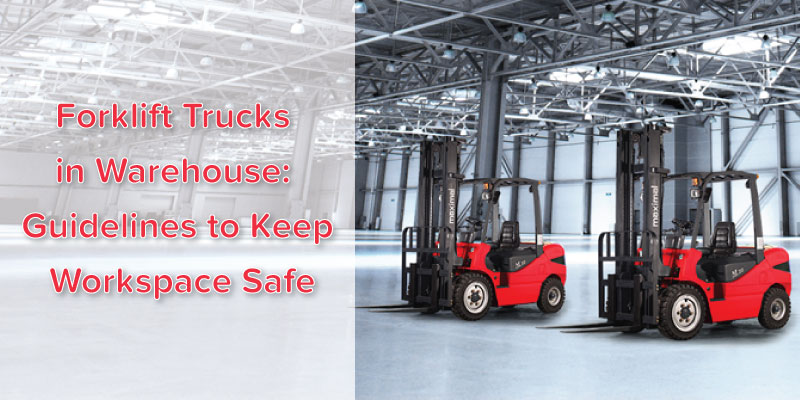When it comes to warehouse safety, there are many things that are often overlooked. While we have covered warehouse safety topics in earlier posts, this time around we decided to touch the topic of forklift safety. Forklifts are integral to warehouses but when handled inappropriately they can be very dangerous. The United States even observe National Forklift Safety Day in the month of June every year to highlight the importance of pedestrian safety in the warehouse.
A forklift weighs as much as a bus. If it’s not operated properly, its heavy and sharp arms can cause a serious damage to slotted racks, goods and people.
Featured below are a few guidelines pertaining to forklift trucks to follow for regulatory compliance and accident prevention:
- Only trained and certified personnel should be authorized to operate forklifts. They should be educated about pedestrian safety.
- Forklift operators must always inspect the truck and make sure to check if it is not exceeding the loading limit.
- Before planning to drive a forklift, the driver must check the route for any hazards and obstructions. Any material lying on the floor should be removed to clear the path.
- A forklift driver should stop when pedestrians walk across the planned route. Also, if there’s not enough space on the floor, warn the pedestrians and ask them to move.
- Forklift drivers are also required to wear PPE (Personal Protective Equipment). The driver must fasten the seat belt during operation.
- Traveling at an excessive speed can increase the likelihood of a driver losing control of the vehicle and result in forklift turnover, crash, collide with employees and industrial storage solutions. Hence, personnel should never exceed 5mph and slowdown in congested areas.
- When refueling the forklifts, the engine should be switched off. There should not be any open flames and sparks, including smoke in the surrounding area.

